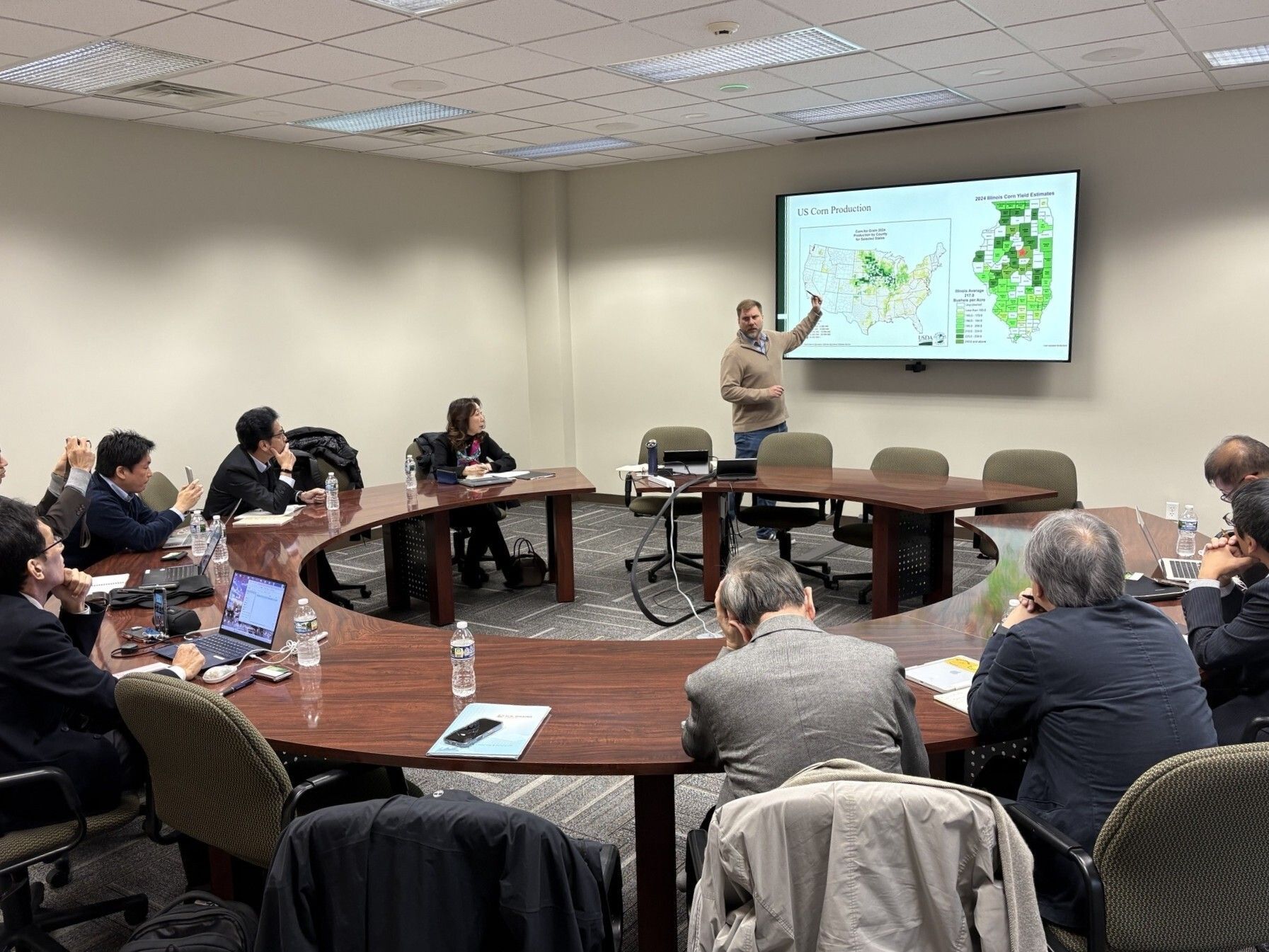Export Sales and Global Demand
The U.S. Department of Agriculture has announced private export sales of U.S. corn for delivery during the 2024/2025 marketing year in metric tons (MT). The most recent include:
Total corn exports for MY2024/2025 stand at 38.4 million metric tons (MMT) and outstanding export sales currently total 18.2MMT. As of April 10, 2025, the U.S. Department of Agriculture (USDA) projects total U.S. corn exports for the 2024/2025 marketing year at 2.55 billion bushels, which would be the second largest on record. Although international markets continue to shift, farmers are in a market heavily influenced by price and global competition.
According to farmdoc daily, the U.S. Farm Safety Net has shifted away from countercyclical policies that once offered protection against lower market prices. With these programs no longer in place, farmers are growing increasingly dependent on strong export markets to maintain profitability—making sales to customers like Spain, Japan, and Portugal even more important.
While the global demand increases, Brazil, a major competitor in the world corn market, is now consuming a larger portion of its own corn due to an increase in need for domestic ethanol production. As reported by farmdoc daily, Brazil’s internal demand for corn for ethanol has skyrocketed, increasing local corn prices and driving more local production. In the near term this may alleviate some export competition from Brazil, but in the long run it could help expand production further, increase global competitiveness, and put more pressure on U.S. corn exports.
As discussions around potential new tariffs continue, Illinois corn farmers could be directly impacted. Higher tariffs may reduce the international demand for U.S. corn. According to Farm Policy News, the Trump administration is considering a new tariff relief package for farmers, but no formal program has been announced. Until then, any cost from reciprocal trade tariffs may fall directly on farmers, who are already managing tight margins.
Midway through the 2024/2025 marketing year, export sales and shifting global markets may have an outsized influence on opportunities and profitability for Illinois corn farmers.











































































































